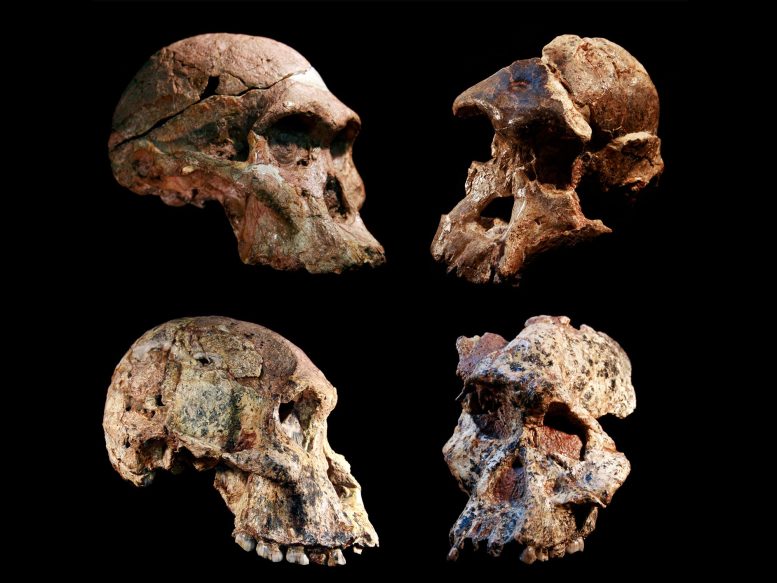
Four different Australopithecus crania that were found in the Sterkfontein caves, South Africa. The Sterkfontein cave fill containing this and other Australopithecus fossils was dated to 3.4 to 3.6 million years ago, far older than previously thought. The new date overturns the long-held concept that South African Australopithecus is a younger offshoot of East African Australopithecus afarensis. Credit: Jason Heaton and Ronald Clarke, in cooperation with the Ditsong Museum of Natural History
Famous Sterkfontein Caves deposit is 1 million years older than previously thought.
New dates for Australopithecus-bearing Sterkfontein Cave deposit places South African hominin fossils at the center of global paleo research.
Nearly four million years of hominin and environmental evolution are revealed by fossils found at the Sterkfontein Caves in South Africa. Research began at the site in 1936 when Robert Broom discovered the first adult hominin of the genus Australopithecus. Since then it has become famous for the hundreds of Australopithecus fossils yielded from excavations of ancient cave infills, including iconic specimens such as the Little Foot skeleton and the cranium known as Mrs. Ples.
Ancient cave infill called ‘Member 4’ is where the majority of Sterkfontein’s wealth of Australopithecus fossils have been excavated from. In fact, it is the richest deposit of Australopithecus fossils in the world. Over the last 56 years of University of the Witwatersrand-led research at Sterkfontein, the age of Member 4 at Sterkfontein has remained contested. Age estimates have ranged from as young as about 2 million years ago, younger than the appearance of our genus Homo, back to about 3 million years.
New research presented in a paper published in the journal Proceedings of the National Academy of Sciences (PNAS) re-evaluates the age of Australopithecus from Member 4 at Sterkfontein together with the Jacovec Cavern, which contains a few additional hominin fossils in a deeper chamber in the cave.
“The new ages range from 3.4-3.6 million years for Member 4, indicating that the Sterkfontein hominins were contemporaries of other early Australopithecus species, like Australopithecus afarensis, in east Africa,” says Professor Dominic Stratford, director of research at the caves, and one of the authors on the paper.
The new ages are based on the radioactive decay of the rare isotopes aluminum-26 and beryllium-10 in the mineral quartz. “These radioactive isotopes, known as cosmogenic nuclides, are produced by high-energy cosmic ray reactions near the ground surface, and their radioactive decay dates when the rocks were buried in the cave when they fell in the entrance together with the fossils,” says Professor Darryl Granger of Purdue University in the United States and lead author on the paper.
Previous dating of Member 4 has been based on dating calcite flowstone deposits found within the cave fill, but careful observations show that the flowstone is actually younger than the cave fill and so it underestimates the age of the fossils.
“This re-assessment of the age of Sterkfontein Member 4 Australopithecus fossils has important implications for the role of South Africa on the hominin evolution stage. Younger hominins, including Paranthropus and our genus Homoappear between about 2.8 and 2 million years ago. Based on previously suggested dates, the South African Australopithecus species were too young to be their ancestors, so it has been considered more likely that Homo and Paranthropus evolved in East Africa,” says Stratford.
The new dates show that Australopithecus existed at Sterkfontein almost a million years prior to the appearance of Paranthropus and Homo, providing more time for them to evolve here, in the Cradle of Humankind, and placing the hominins from this site front and center in the history early human evolution.
“This important new dating work pushes the age of some of the most interesting fossils in human evolution research, and one of South Africa’s most iconic fossils, Mrs. Ples, back a million years to a time when, in east Africa, we find other iconic early hominins like Lucy,” says Stratford.
“The redating of the Australopithecus-bearing infills at the Sterkfontein Caves will undoubtably re-ignite the debate over the diverse characteristics of Australopithecus at Sterkfontein, and whether there could have been South African ancestors to later hominins,” says Granger.
For more on this research, read Fossils in the “Cradle of Humankind” May Be More Than a Million Years Older Than Thought.
Reference: “Cosmogenic nuclide dating of Australopithecus at Sterkfontein, South Africa” by Darryl E. Granger, Dominic Stratford, Laurent Bruxelles, Ryan J. Gibbon, Ronald J. Clarke and Kathleen Kuman, 27 June 2022, Proceedings of the National Academy of Sciences.
DOI: 10.1073/pnas.2123516119

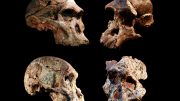
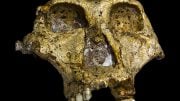
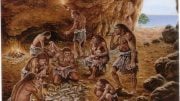
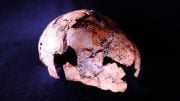
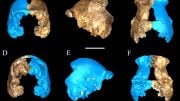
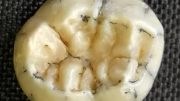
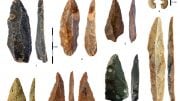
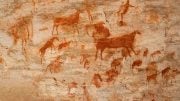
Be the first to comment on "Early Human Evolution: Hominin Fossils in “Cradle of Humankind” May Be a Million Years Older Than Thought"